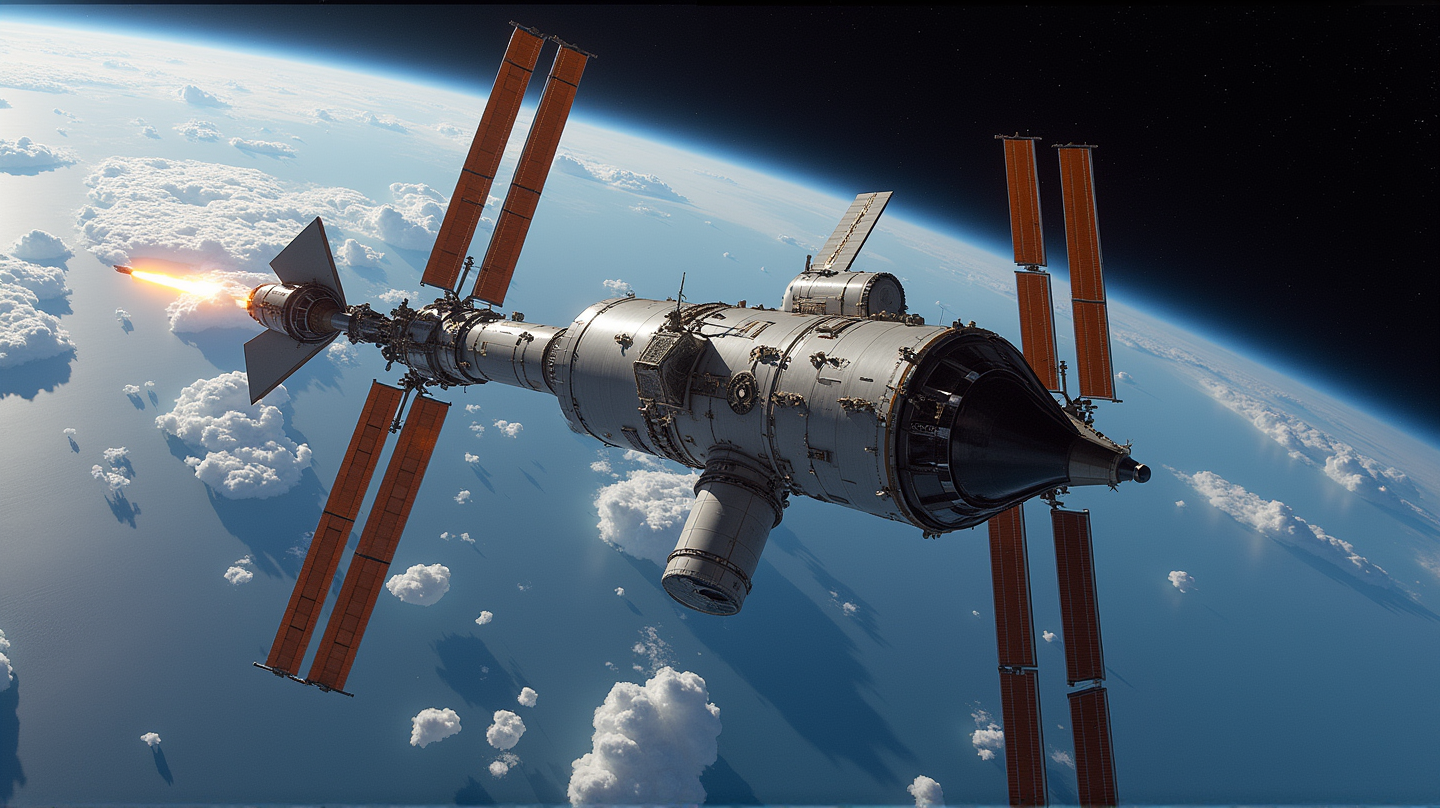Crew-10's Triumphant Return: A Historic Splashdown in the Pacific
Crew-10 undocked from the ISS with a planned Pacific splashdown, marking a significant milestone in space exploration.

The Crew-10 mission, a collaboration between NASA and SpaceX, has successfully undocked from the International Space Station in a historic move that signals new possibilities for the future of space travel. On a serene Friday evening, the Dragon 9 spacecraft gracefully severed its connection with the ISS, marking 6:30 p.m. EDT as the moment of departure. This separation was the first step in a meticulously planned journey back to Earth, replete with cutting-edge space travel technology and coordination.
From Orbit to Ocean: A Carefully Orchestrated Descent
As Dragon 9 moved away from the ISS, it executed a series of departure burns, creating a mesmerizing spectacle as it distanced itself from Earth’s embrace approximately 250 miles above. The spacecraft’s trajectory is leading it towards what promises to be a legendary splashdown off Southern California’s coast at 8:33 a.m. PDT Saturday morning, a historical first for Pacific Ocean recoveries. This mission represents not just the culmination of months-long efforts but a turning point in space exploratory missions. As stated in Space Daily, these moments redefine the boundaries of what humans can achieve in space.
The Crew’s Remarkable Journey
The journey of Crew-10 began months prior, on March 14, when it soared skyward aboard a Falcon 9 from Kennedy Space Center’s iconic Pad 39A. Since docking at the ISS, the crew, including NASA’s Anne McClain and Nichole Ayers, JAXA’s Takuya Onishi, and Roscosmos’ Kirill Peskov, engaged in vital scientific research and exploration duties. During their stay, they worked in harmony, contributing to the greater good of humanity, encapsulating what international cooperation can achieve in space.
Overcoming Challenges
Amid high expectations and groundbreaking accomplishments, Crew-10 faced challenges, including a delay in undocking due to high winds in the Pacific splashdown area. Such challenges are reminders of the unpredictable and often harsh nature of space travel, yet the resilience and adaptability of the crew and ground teams ensured the mission’s success. Members held a touching farewell ceremony filled with gratitude towards the dedicated ground teams that assisted them every step of the way.
Looking Ahead: The Future of Space Missions
The Crew-10 mission’s success paves the way for future endeavors in space travel. The Dragon spacecraft Endurance, undertaking its fourth mission dating back to 2021, stands as a testament to endurance and resilience, lending its name a fitting symbolic resonance. Anticipation builds as SpaceX’s Crew-11, with astronauts Zena Cardman, Mike Fincke, Kimiya Yui, and Oleg Platonov, already aboard the ISS, ready to continue the exploration journey.
As humanity steps closer toward advancing its presence beyond Earth, the achievements and experiences of Crew-10 serve as both an inspiration and a blueprint for future exploration. The world watches eagerly as the splashdown approaches, heralding the triumphant return of those who dare to explore the final frontier.

